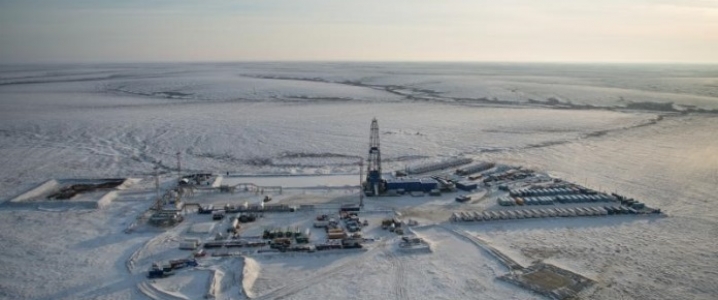The oil production cuts that OPEC and its partners led by Russia agreed at the end of last year are proving slower to materialize than most observers expected, with Russia breaking another post-Soviet production record in December, and Iran’s and Venezuela’s declines in output slowing down. That’s one of the main conclusions from the latest edition of the monthly Oil Market Report by the International Energy Agency.
Russia produced 11.5 million barrels of crude daily last month and, according to the IEA, “It is unclear when it will cut and by how much.” Russia undertook to reduce its production by 228,000 bpd beginning this month, with the cuts to last until April, when OPEC+ will meet to review the results of its latest price-boosting effort.
However, Energy Minister Alexander Novak warned early on—and recently repeated—that it would be difficult for Russian producers to cut quickly and by a lot. Due to weather and geological conditions in the cold Russian winter, Russia cannot cut its oil production too quickly, Novak said last week, adding that there were plans to reduce oil production by 50,000 bpd to 60,000 bpd in January as part of the new OPEC+ deal. Novak also added that plans were to achieve the full target by the end of March.
Russia is certainly one of the most important factors to watch when it comes to OPEC+ cuts, but it appears that this time it is not the only wild card in the deck. News from Venezuela and Iran is also not what most industry watchers might have reasonably expected, and this will also weigh on prices as it enhances the uncertainty around whether OPEC will be able to live up to its promises. Related: The World’s Most Geopolitically Charged Pipeline
Venezuela’s PDVSA sealed two deals recently with a U.S. and a French company to boost its oil production. The state oil company offered the newcomers more lucrative deals than usual as it struggles to at least curb the inexorable decline in output. The Chinese are also helping: a JV between PDVSA and CNPC reported doubled production for the seven months to December. The JV, Sinovensa, accounts for about a tenth of Venezuela’s total oil output. As a result, the IEA said, output decline slowed to 10,000 bpd in the second half of the year from 40,000 bpd earlier in 2018.
And then there was Iran, who exported 1.3 million bpd of crude in December, up from the previous month, according to data cited by the IEA. While it’s true its production, according to OPEC data, fell during that month, and by a quite substantial 159,000 bpd, the IEA notes “With US waivers allowing Iran’s major customers to buy higher volumes than was previously thought, more oil will remain in the market in the early part of 2019. This state of affairs may persist beyond the first quarter as well, as many expect Washington to extend the waivers to Iran’s biggest oil buyers.
In the meantime, Saudi Arabia is cutting deeper than it had initially agreed to, and Khalid al-Falih is unhappy with Moscow’s progress. “Russia has started, slower than I’d like, but they’ve started, and I am sure as they did as in 2017 they’ll catch up and be a positive contributor to re-balancing the market,” al-Falih told CNBC earlier this month.
Regardless of how quickly Russia will cut and what will happen with Venezuela’s and Iran’s production, concern about a global slowdown is deepening, which means pressure on demand. The OPEC+ cuts may work to mitigate the effect of this concern on prices, but for how long is anyone’s guess.
By Irina Slav for Oilprice.com
More Top Reads From Oilprice.com:
- Is Kuwait’s $500 Billion Oil Plan Overoptimistic?
- A Logical Move From An Inconsistent Tesla
- Oil Flat As U.S. Drilling Slows Down



















Number One> I address the Global Monetary Policy Makers or those who purport their self to be in a position to dictate. Currency Traders do not dictate how much the Family Jewels are worth. Mama's Gold is 92/93 percent pure while the Oil should be ticking up toward 56.00 out to 58.00-(WTI)> I made my point several weeks ago when I indicated the upside. Roller coaster rides glean no money down , no money coming.
Individual Investors glean ETFs' that have both Gold and Oil in it's reserve. (GUSH) will see better days and once the Financials;Insurance Companies begin to realize that they are better positioned upside then beat on like Banks.
Number 2> Buy American and let the rest of the Globe fend for itself.